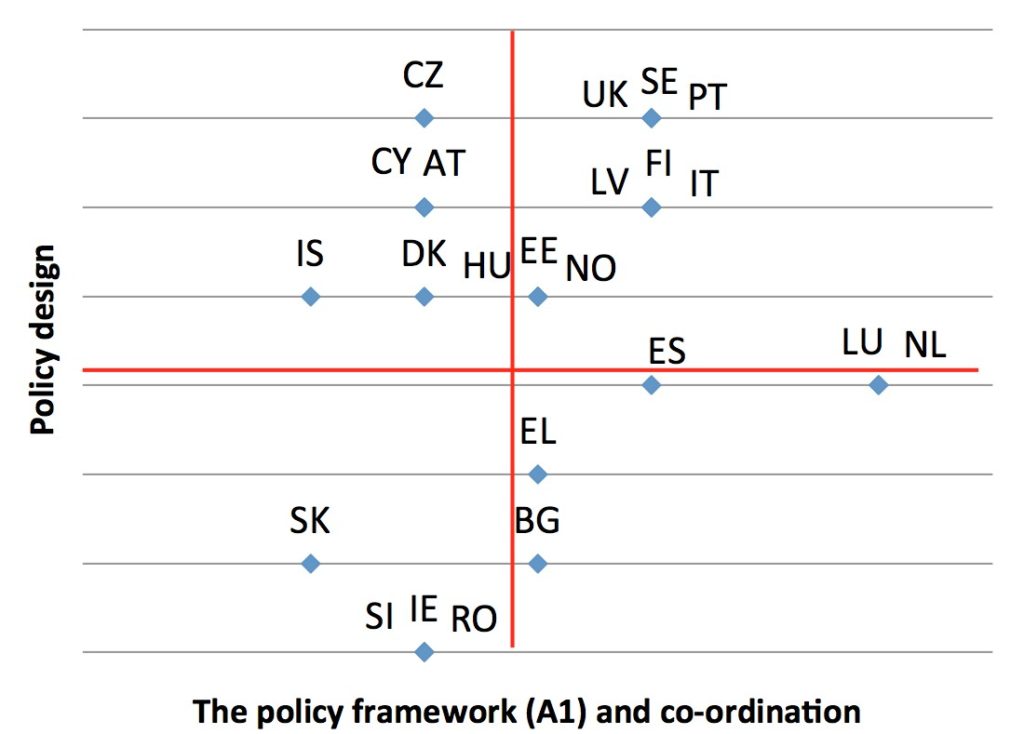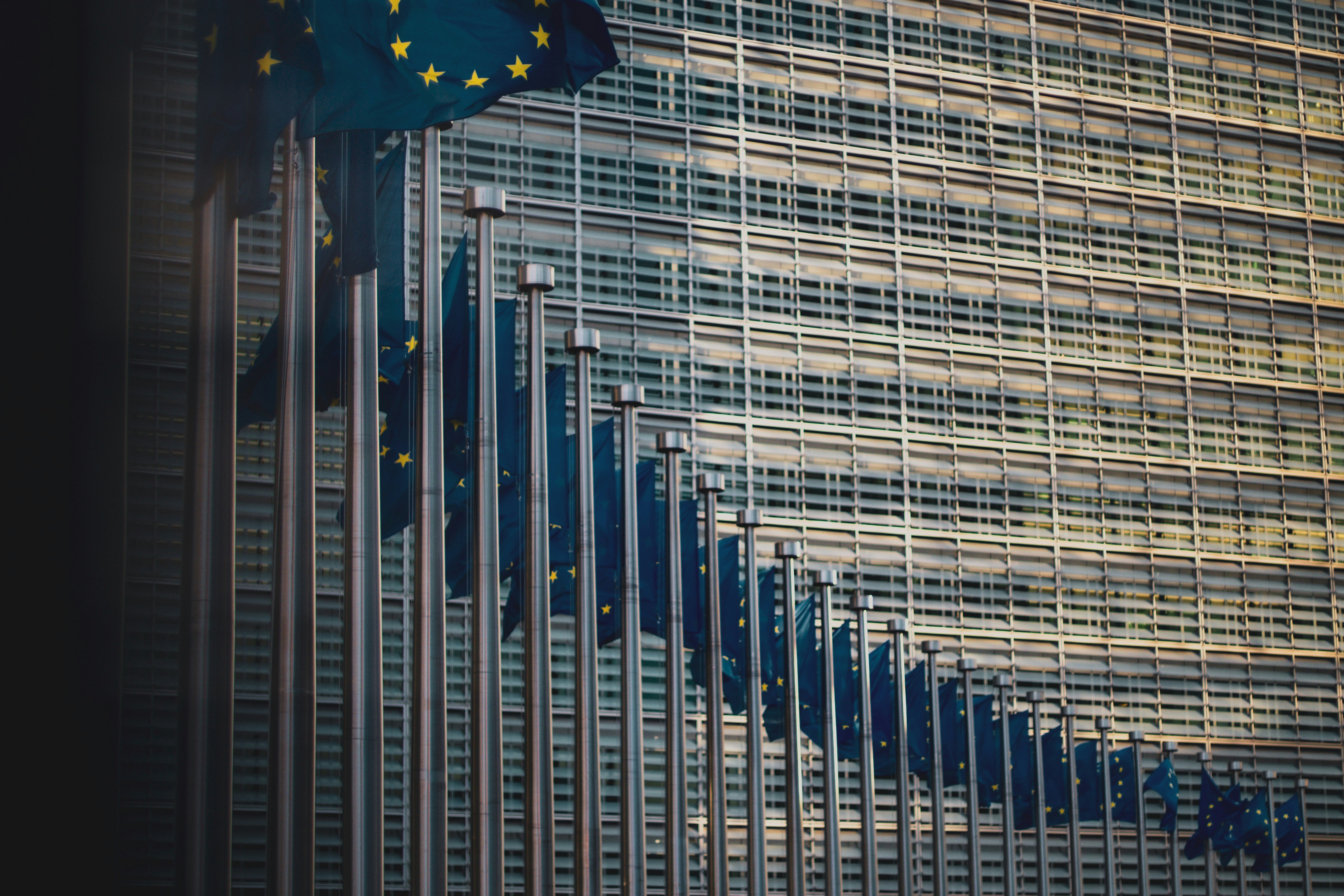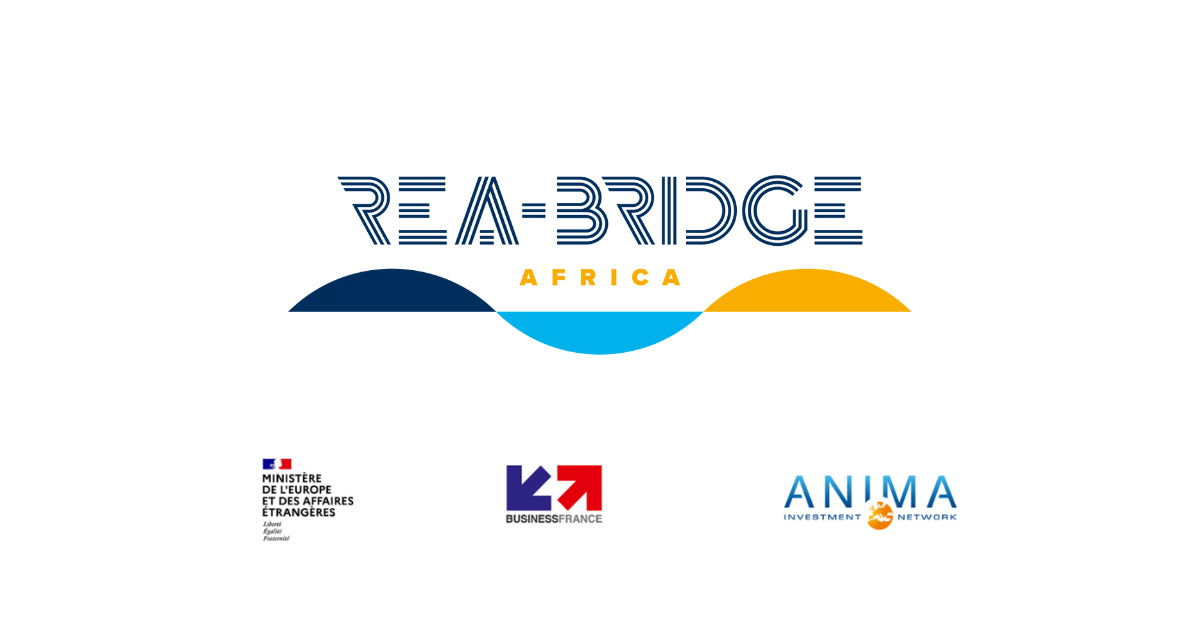Radically new technologies are often viewed by society as dangerous, fascinating or both. For children, the Internet has brought some genuine dangers and these dangers evolve – from inappropriate content and commercial exploitation of children to ‘grooming’ and sexual and political exploitation. European countries’ policy response is patchy. More joined-up policy would be more effective.
According to the OECD, Internet-borne risks for children fall broadly into three categories
- Internet technology risks. Some of these are from
harmful content (such as pornography) but also harmful
advice, such as ‘self-help’ sites for children considering
suicide. Others stem from Internet-enabled contacts.
These include cyberbullying, paedophiles or political
activists ‘grooming’ children to join paedophile or
dangerous political activities such as Jihad - Consumer-created risks. These involve selling products
to children, which they should not buy – either because
they are inappropriate in themselves or because of the
sellers exploit children’s economic naivety to sell them
more things than they can afford to buy - Privacy and security risks. These involve capturing and
using private data (for example financial information
or pictures that should not be published) as well as the
range of malware, spyware and scams that beset us all
when we use the Internet
At European level, the response has been to launch a Safer Internet strategy – most recently in 2012, though earlier work goes back at least to the start of the Millennium. The strategy involves: encouraging the production of specific Internet content for children; helping children become ‘Internet-savvy’ through teaching in schools, awareness building and making it easy to report abuse; creating protected environments within the Internet through more sophisticated parental control technologies and better advertising standards; fighting sexual abuse by identifying its sources on the Internet, sharing information across borders and improving the ability to report such crime to national police forces.
The new Better Internet for Kids (BIK) Map is a survey of national safer Internet policies. It shows that the design and implementation of safer Internet policies vary widely among EU Member States. Many have yet to put a meaningful policy framework in place, let alone to design and implement policies (see Figure).

Most EU countries have taken steps to protect children against exposure to inappropriate content, grooming for sexual exploitation and cyberbullying. Most tackle this not only by regulating or influencing Internet content but also by teaching children to understand and manage risks.
Many countries collect data about Internet safety but not in a standardised form. There seems to be too little use of such evidence in the design of policy or in understanding whether the policy is effective. The UK and Luxembourg have nationally coordinated their safer Internet policies, so they tend to do better at this than others, which often lack a comprehensive overview of their own activities. All Member States have invested in awareness-building programmes, though fewer have tried to promote child-friendly content.
The safety of the Internet raises issues affecting many stakeholders and many different parts of the state. Member States are encouraging action by stakeholders, though there are so many of these that what results often resembles a patchwork quilt. It is clear that determined action by the public sector is key to triggering and organising the activities of the wider group of stakeholders. National cultures differ, so the ‘best’ role for the state can be country-specific but it is clear that leadership by the public sector is necessary. Most private actors will cooperate enthusiastically but individually they are not in a position to set overall strategy and make the national response to Internet safety a coherent one.
Policy can further enhance Internet safety through coordination at the national and European levels so that data are shared and the policy mix is complete and coherent in each Member State. Better data collection standards are needed for this coordination to be more effective. Many of the risks to children associated with the Internet go across borders, so policymaking needs not only to be informed by European level data but also to be supported by constant communication among the implementers. And the policy effort needs to be continuous because Internet safety threats evolve continuously.



